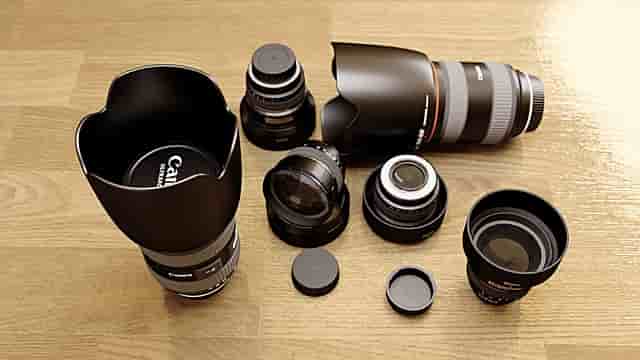Natural scenery including mountains, forests, and rivers are often captured in the popular photographic genre known as landscape photography. It demands both technical expertise and aesthetic insight, making it a demanding and rewarding type of photography.
There are many tools and resources at your disposal if you’re interested in learning more about landscape photography. For example, you can check out newcolor7 and observe how colors are used to complement the whole subject. You can use this to your photographs to deliver the best outcome and assist you in honing your talents and enhancing your artistic vision.
Definition of Landscape Photography
Outdoor places and natural environments are depicted in the landscape photography subgenre of photography. Wide views, far-off horizons, and natural features like mountains, lakes, and forests are frequent features.
In order to evoke awe and astonishment in the viewer, landscape photography aims to depict the majesty and beauty of nature.
Cameras and Lenses

Cameras and lenses that can capture the size and complexity of natural landscapes are necessary for landscape photography. Wide-angle and telephoto lenses are frequently used to capture expansive views and fine details in far-off scenes like mountains and waterfalls, respectively. High resolution and dynamic range cameras are also essential for capturing the deft variations in light and shadow that make landscape photography so alluring.
Color Correction and White Balance
Landscape photography needs to include both color correction and white balance. By using white balance, you may make sure that an image’s colors are accurate and true to life. This is significant because various elements, such the time of day, the weather, and the color of the light, can influence the colors in a scene. The technique of modifying an image’s colors to create a desired look or feel is known as color correction. This can be done by applying filters to a landscape to enhance the colors, or by changing the saturation, contrast, and brightness of certain colors.
Developing a Personal Style and Voice
Landscape photography requires the development of a unique aesthetic and voice. It entails developing a special method for capturing the splendor and majesty of natural settings that expresses your particular artistic perspective.
This can entail trying out various camera settings, such as long exposures or panoramic shots, or creating a distinctive editing style that distinguishes your work from others’. Finding your own distinctive voice and style in landscape photography requires an open mind and a willingness to experiment.



